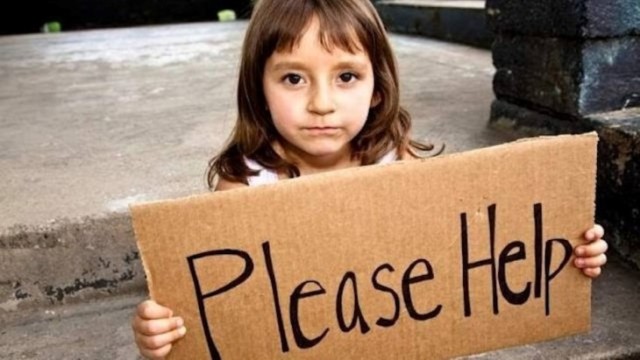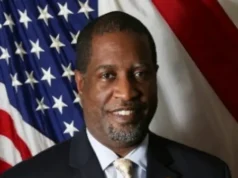
By Jeff Kottkamp, ContextFlorida, Aug 28, 2015 – On the opening day of the 2014 Session in the Florida House of Representatives, then Speaker of House Will Weatherford spoke at length about an issue that few leaders in government talk about — generational poverty. During his remarks, Speaker Weatherford noted “There will always be poverty — the kind that results from temporary setbacks: job loss, foreclosures, or unexpected challenges … but there’s a far greater and more dramatic problem for some of our Floridians. They’re stuck in generational poverty — the persistent, year after year oppression and hopelessness that starts with grandparents, is passed on to parents and continues to their children.”
Nearly 1 million children live at or below the poverty line in Florida — roughly defined as having an annual income of about $24,000 for a family of four. Research suggests that most families need about twice that amount simply to meet their basic needs. In just three counties in South Florida nearly 500,000 children live in low-income or impoverished homes (including an astonishing 48% of children in Miami-Dade County). According to the Urban Institute, one in six newborns in our country is born poor.
Poverty is a big enough problem — but as Speaker Weatherford noted the cycle of generational poverty is a deeper, more troubling problem. There are families in Florida that have never known life outside of poverty. It is within this deep dark hole of generational poverty that we see some of society’s biggest problems: teenage pregnancy, high school dropouts, dependency on drugs, unemployment, and incarceration. And each of these problems comes with a hefty price tag. Florida spends over $2 billion a year just on prisons.
There is an effective and cost-efficient way to break the cycle of generational poverty. In fact, that cycle is being broken every day in after-school programs like those operated by Florida’s Boys & Girls Clubs. Statewide, over 129,000 youth ages 6-18 attend Boys & Girls Clubs. Realizing that the great equalizer in society is education — the first thing Club kids do each day is their homework. Special attention is devoted to reading skills along with character development and financial literacy. Boys & Girls Clubs throughout Florida report high school graduation rates of 100%, teenage pregnancy rates of 0%, and reading at or above grade level rates of more than 80%.
Jeff Kottkamp is president of Jeff Kottkamp, P.A. and served as Florida’s 17th lieutenant governor. He was Chair of Florida’s Children and Youth Cabinet and currently represents the Florida Alliance of Boys & Girls Clubs.
[/vc_message]











